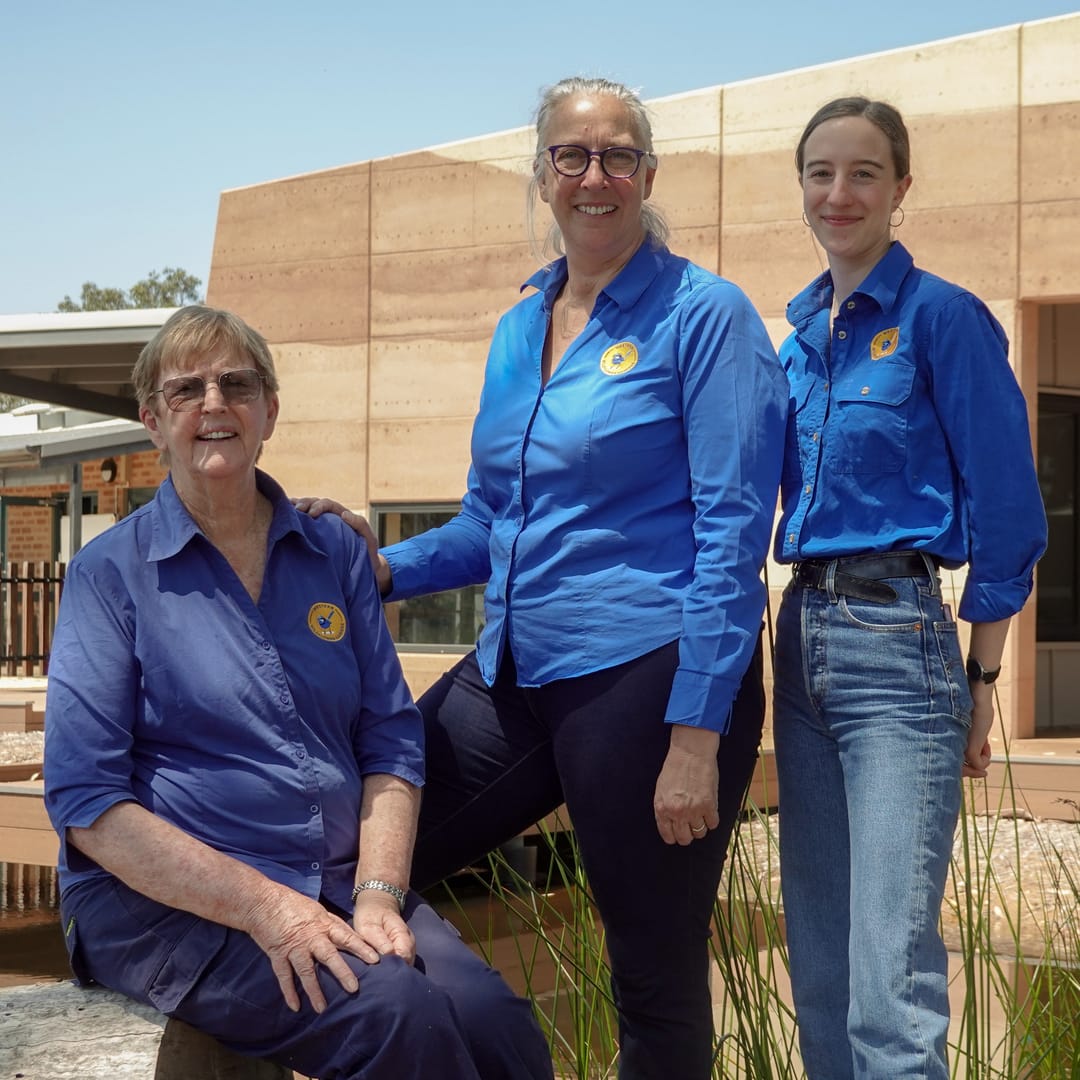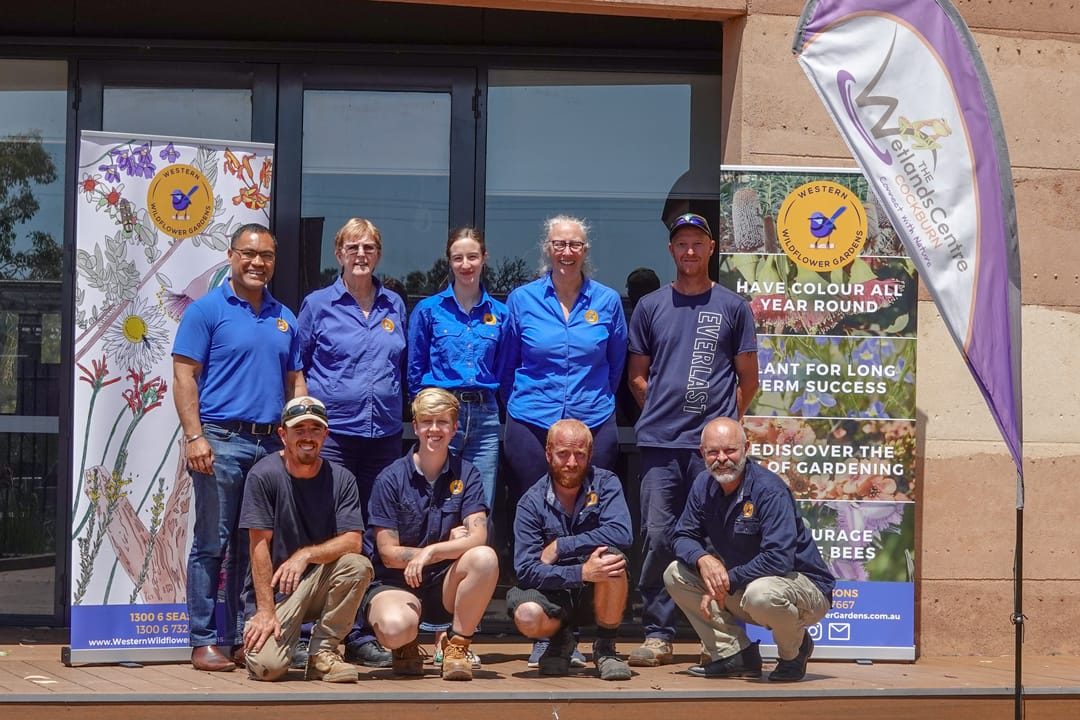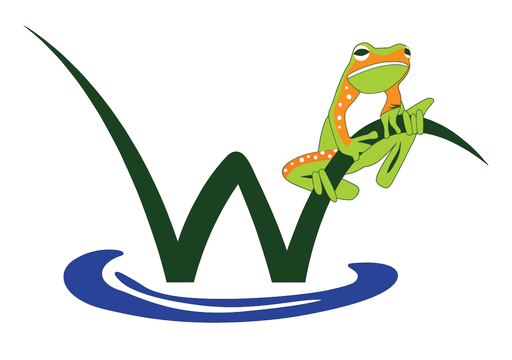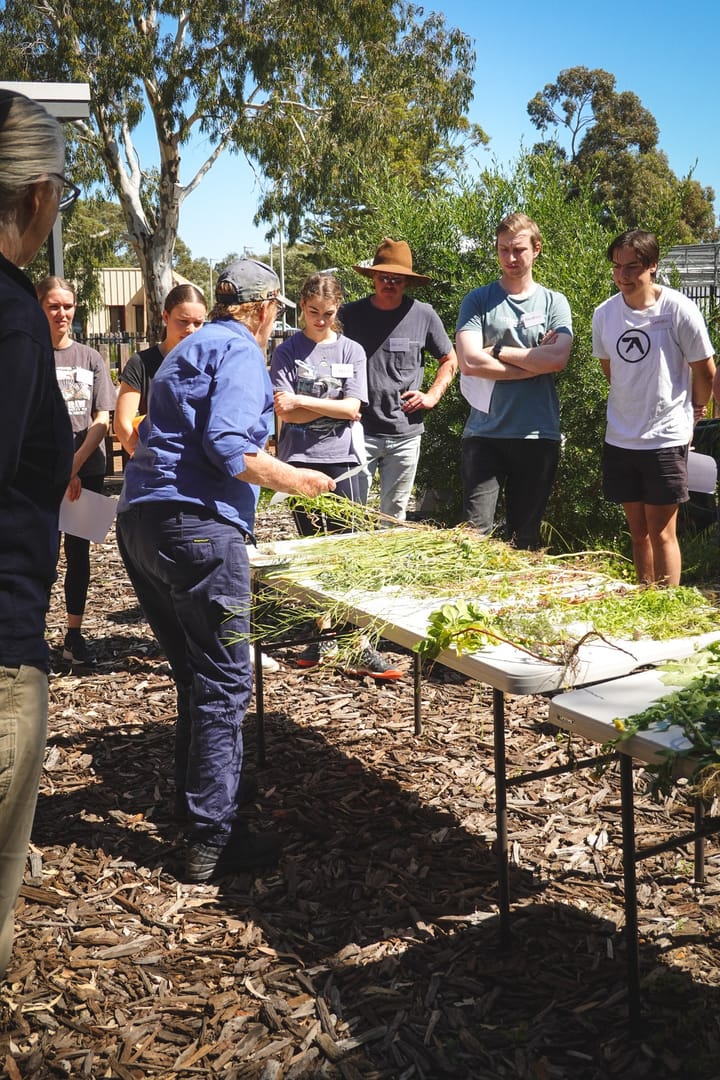Weeds are an age-old conversation that I’ve had for years with my mum and Nana.
Weeds are an age-old conversation that I’ve had for years with my mum and Nana. Hi! I’m Sue, the wildflower whisperer based at The Wetlands Centre. I have joined the team as a Wildflower Landscape Consultant/Educator to share my knowledge and insights on—propagation to gardening to protection of wildflowers—using three generations worth of knowledge and ideas I’ve plucked from wandering through wildflower patches with wonderful, wise, and witty women.
So, where do weeds come into the conversation?
Weeds are in many bushlands (and gardens). We are currently weeding the Waterwise Gardens hoping to turn them into Wildflower Display & Educational Gardens at the Centre. We decided to leave the weeds in their place (before eventually hand-weeding them) instead of spraying as we are looking at these plants in another way.

We are studying these weeds in the way of connection, wellbeing and exploration. Towards this, we invited 12 university students and over 10 volunteers over the past 3 weeks to learn about weeds and work together on creating the outlines of our new Wildflower Display & Educational Gardens at the Centre. We have identified over 30 different species of weeds from 17 different families of plants here. These weeds, I would also say, are winter weeds and we are yet to discover the warmer seasonal weeds.
Students from Curtin University weeded our Waterwise Gardens on 29th September 2022
The joy of pulling weeds out
What is being shared is the joy of pulling the weeds out, good physical exercise, mental wellness and a sense of accomplishment. The community is experiencing coming together and chatting about life whilst getting their hands dirty, weeding in the gardens. We are uncovering all kinds of hidden treasures—lizards, orchids, snakes, spiders, creepers, vibrant and colourful flowers, beetles, scorpions etc., and it is such a pleasure to see these living beings occupy spaces so close to us.
The community is also discovering the differences in the soils in different parts of the garden—dry, moist, compact and/or sandy—and identifying plants between a wildflower and a weed. We are looking at the different root systems the weeds have developed. The weeds themselves are showing us that not all weeds are the same. Some require us to think out of the box using an array of methodologies to get the best outcomes and remove them permanently given their complex and differently developed root systems. This also means that the people are learning the use of different tools for different weeds and for differing soil densities.
A learning process
People are beginning to get curious, ask questions, and in other tasks, share ideas on how to get stumps of plants out or use ropes to shift lots of green waste out at the same time. All these observations are showing us how alive the area really is, so full of life! And by getting down on our hands and knees we are fully immersed in it, and it feels great!
The Wildflower Display & Educational Gardens are going to be an integral part of the overarching educational program here at the Centre. I am beginning to see how vital our role is in building this space up with creativity and intuition as well as with community involvement. The garden speaks in a different voice at different times of the year with flowers and weeds alike and our team will be here listening and whispering, turning the voice of the garden into a language we can fully understand.










This is great news to follow
Thank you!
I’m already involved with the Wetland Centre and look forward to this introduction about the weeds
Thanks, Hans. We look forward to your further involvement and participation.